The Philips 272E1GSJ is a hard to remember model name for a monitor – further cementing the reality of the keyboard bangin’ meme that circulated reddit a few months ago. Kidding aside, this monitor is probably the last review sample we’ll test this 2020 – which is not that bad, considering we enjoyed testing monitors of all shapes and sizes in spite of the rough year.
Now as for the quick specifications, it comes with a 27″ VA panel with a maximum refresh rate of 144Hz. Adaptive sync is a courtesy of AMD’s FreeSync Premium along with a GtG response time of 4ms (1ms MPRT).
The 272E1GSJ is a budget contender with a street price of 15,400 Pesos. This is actually the first Philips gaming monitor we tested and I could tell the company is seriously pushing for it locally with stocks already out in the prowl via your favorite shopping networks – namely Lazada and Shopee. Plugging in the Official Philips Facebook Page here because why not?
Table of Contents:
- 1 Technical Specifications
- 2 Packaging and Accessories
- 3 Design, Layout and Build Quality
- 4 OSD and Navigation
- 5 Test Setup and Methodology
- 6 Color Gamut
- 7 Tone Response
- 8 Brightness
- 9 Contrast Ratio
- 10 Screen Uniformity
- 11 Color Accuracy
- 12 Power Consumption
- 13 Button to Pixel Input Lag
- 14 Motion Clarity: MPRT
- 15 Motion Clarity: Pursuit Camera
- 16 Back light Bleed
- 17 Viewing Angles
- 18 Frame Skipping
- 19 Software, Lighting and Special Features
- 20 Final Thoughts
Technical Specifications
| Display | |
| LCD Size | 27″ |
| Aspect Ratio | 16:9 |
| Resolution | 1920×1080 |
| Refresh Rate | 144Hz |
| Adaptive Sync | AMD FreeSync Premium |
| Pixel Density | 82PPI |
| Brightness | 350cd/㎡ (Peak) |
| Contrast Ratio | 3000:1 |
| Panel Type | VA |
| Response Time | 4ms (GtG), 1ms (MPRT) |
| Color Space | 101.5% NTSC, 121.9% sRGB |
| Color Depth | 8-bit |
| Backlight | LED |
| Connectivity | |
| Display Options | 1x DisplayPort, 1x HDMI |
| USB | — |
| Audio | 1x 3.5mm (Audio-out) |
| Ergonomics | |
| VESA Mount | 100x100mm |
| Pivot | — |
| Swivel | — |
| Tilt | -5°/+20° |
| Lift | — |
| Dimensions | |
| Length | 613mm |
| Width | 42mm |
| Height | 368mm |
| Weight | 3.44kg |
Packaging and Accessories
Philips had the 272E1GSJ packed tight and snug inside an environment friendly packaging. The product should come with the following items inside:
- 1x Power cable
- 1x 100-240VAC power adapter
- 1x Quick setup guide
- 1x DP/HDMI cable?
Bundles are decent but ours doesn’t come with any display cable. This is a review sample so I guess they don’t have to send me one. Regardless this should come with either a DP or HDMI cable with a designated power cord depending on your region.
Design, Layout and Build Quality
The guys at Philips designed the 272E1GSJ with a minimalistic approach. Branding is just that – the Philips logo and there’s nothing distracting about its design.
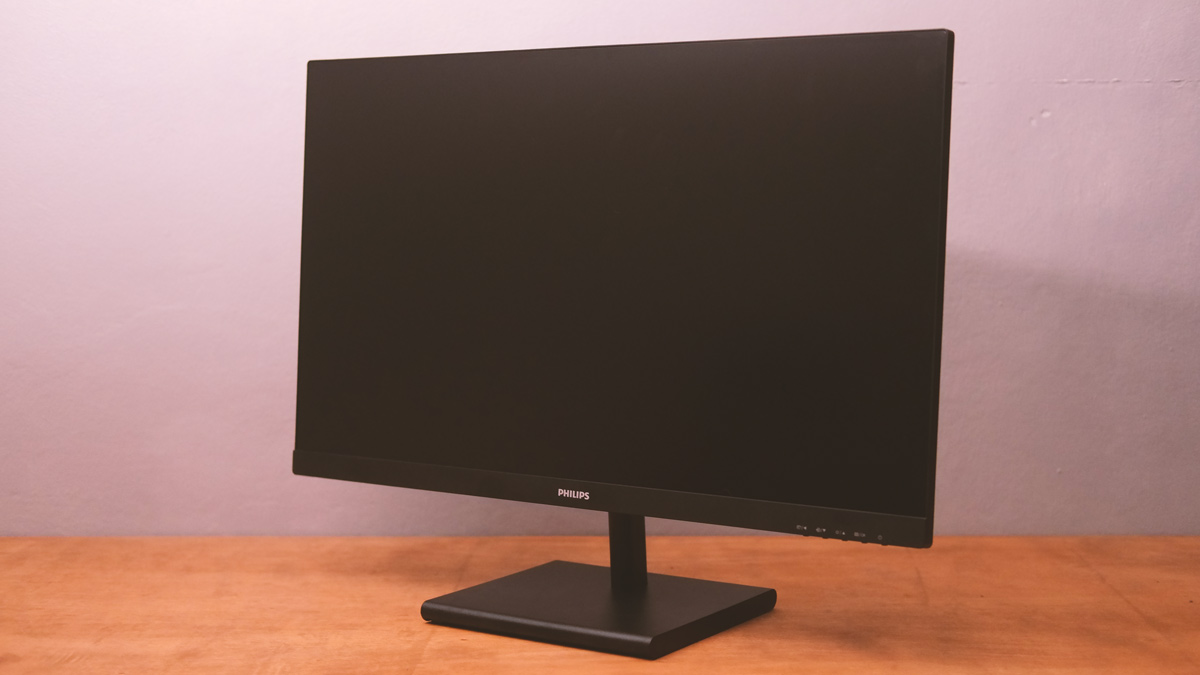
Now the surface treatment appears to be a hard coating with of course the usual anti-glare properties. This is about 50/50 between gloss and total matte. Of course, the panel is borderless as well.
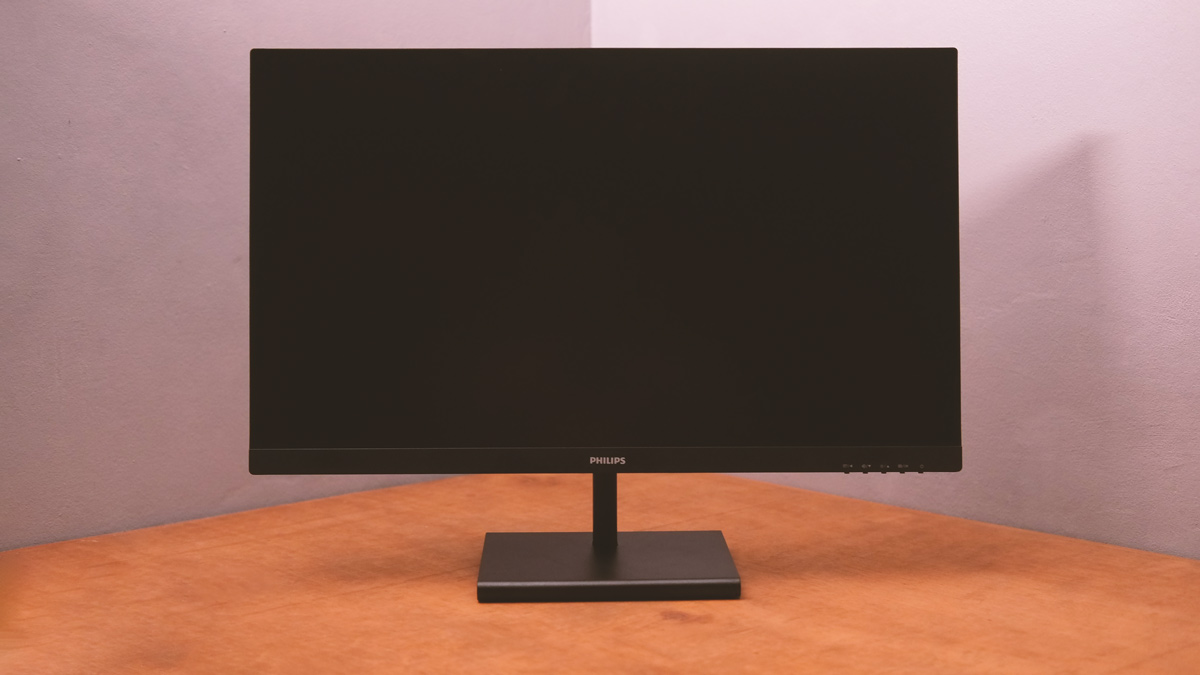
The back panel comes with a brushed aluminum design – but plastic. It supports a 100mm VESA mount but it is too damn close to the display ports situated just below it. Depending on your mount’s design, you might need to cut something off.
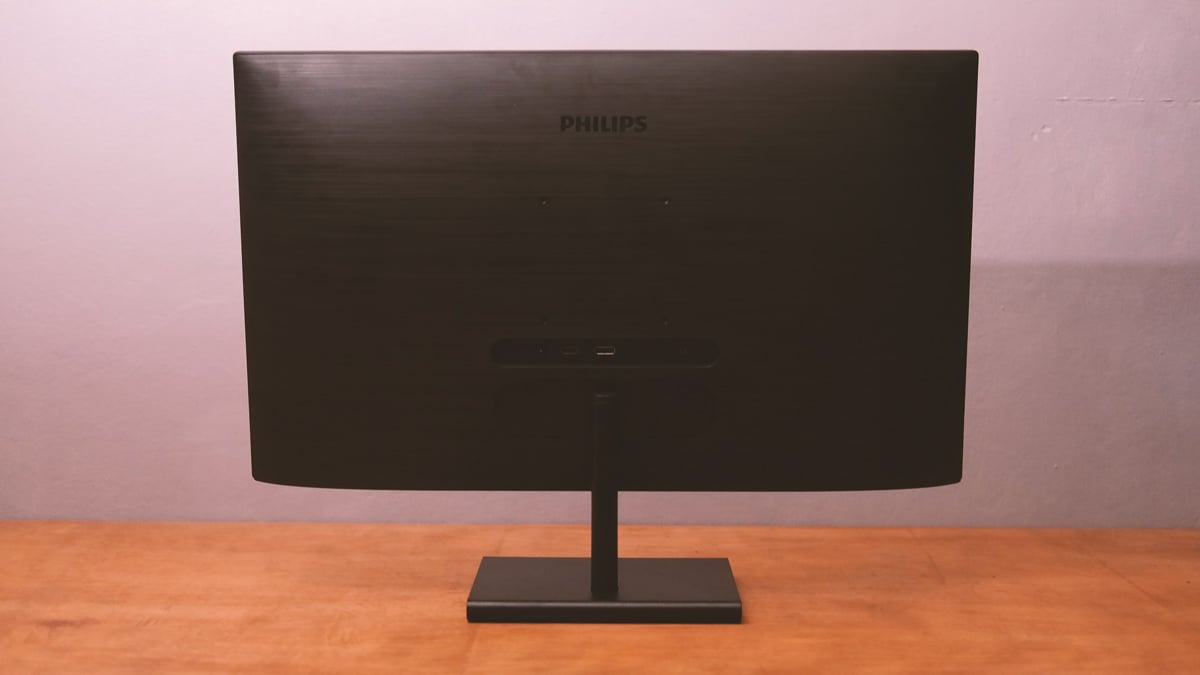
Ergonomics is kinda something you have to give-up – at least for the pivot and height adjustment. This thing could only tilt from -5° to 20° and pivot with the base. Speaking, the base is not that 100% rock solid. Pushing buttons will easily rock the panel. Not a huge design problem since it wont tip the monitor but a total pet peeve when it does.
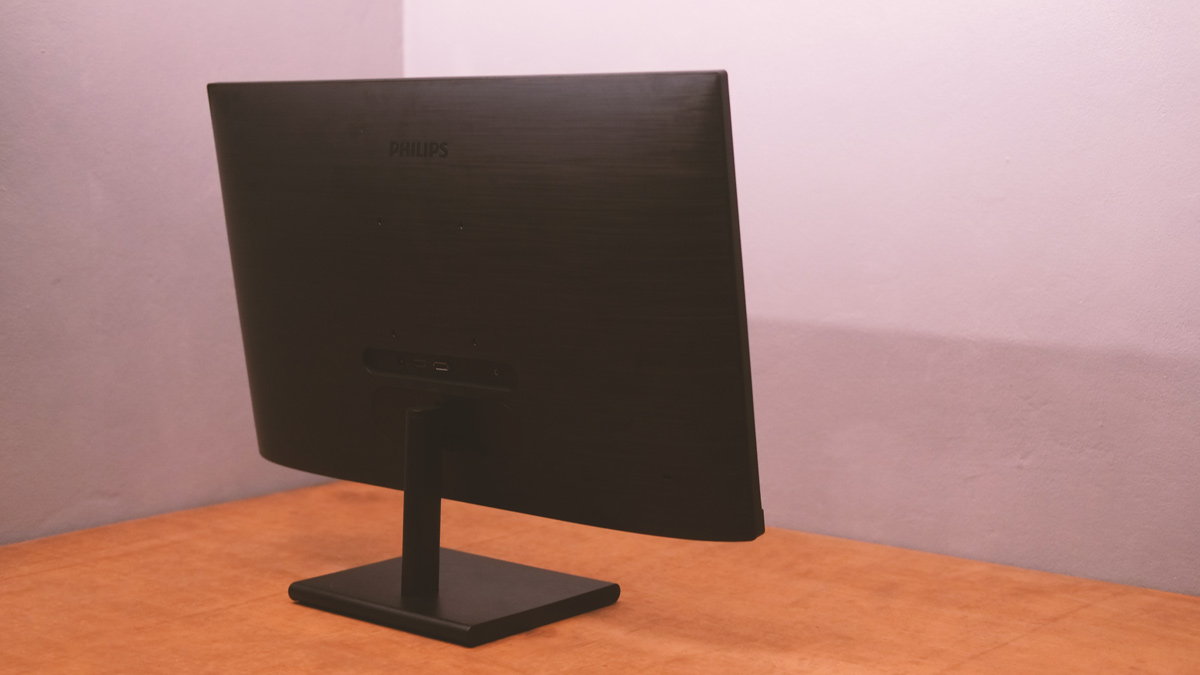
Display options are just well… decent with a single HDMI and DisplayPort port. As for connectivity, there’s support for an audio out. Those looking for a monitor with a speaker around this price point should look else where. Also, power is unfortunately external.
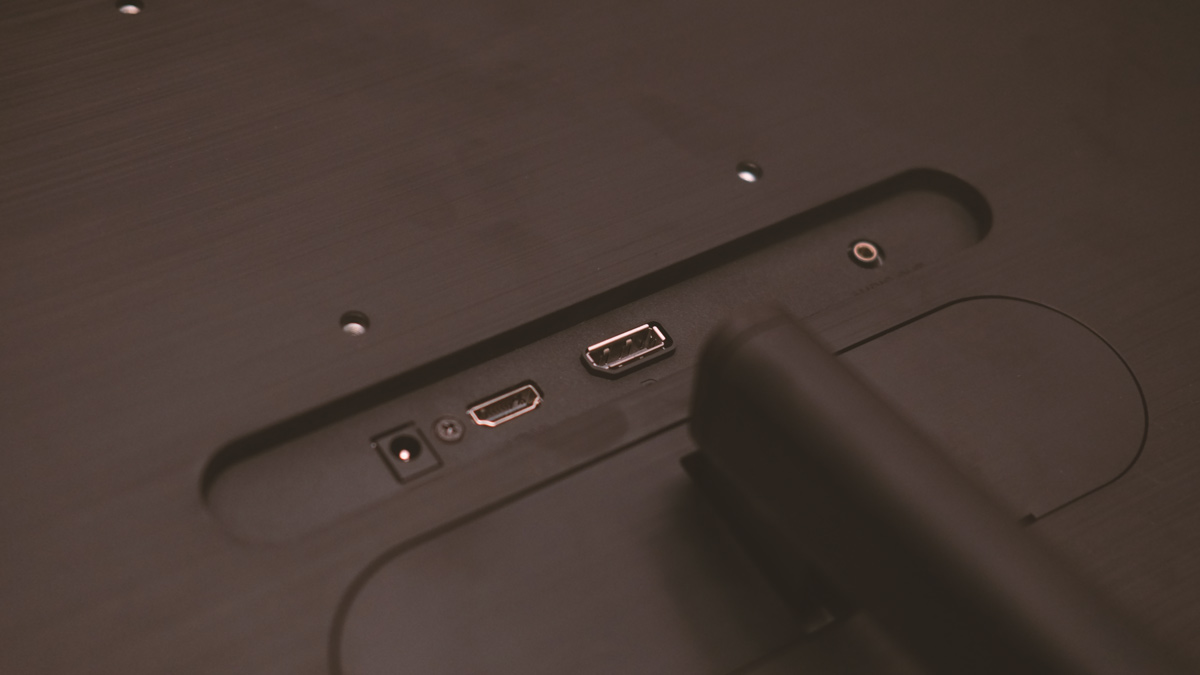
The OSD is simple and easy to navigate – all thanks to the simplified button based input and Philips’ no BS interface. Small criticism here is the location of up/down keys. They should be swapped in my humble opinion.
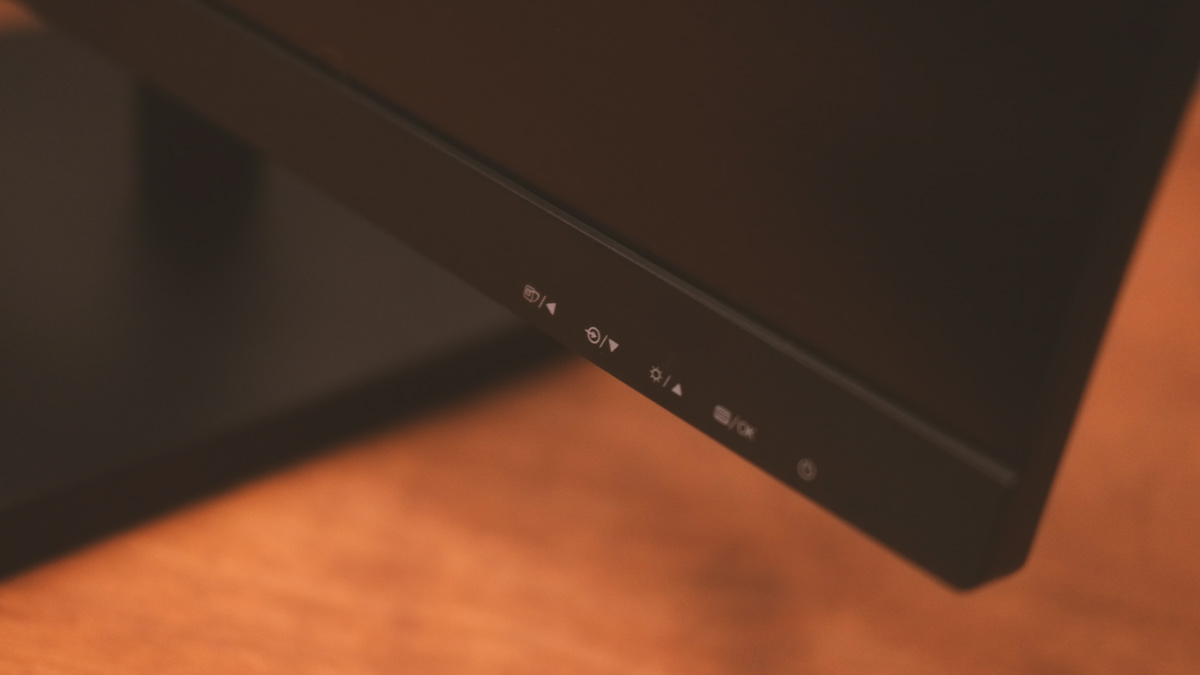
Main menu itself is again, easy to navigate. Picture is where the magic happens with tons of options to play with – and with proper settings as well. For an instance, Gamma here is full range (1.8, 2.0, 2.2, 2.4, 2.6) and accurate as well. Now for folks new to Philips monitors, turn off the Pixel Orbiting feature to save yourself the dizzies. This is a feature that should prevent screen burn-in but is highly regarded as a nuance to some. Just make sure to set the monitor to sleep if left unused for 30 minutes.
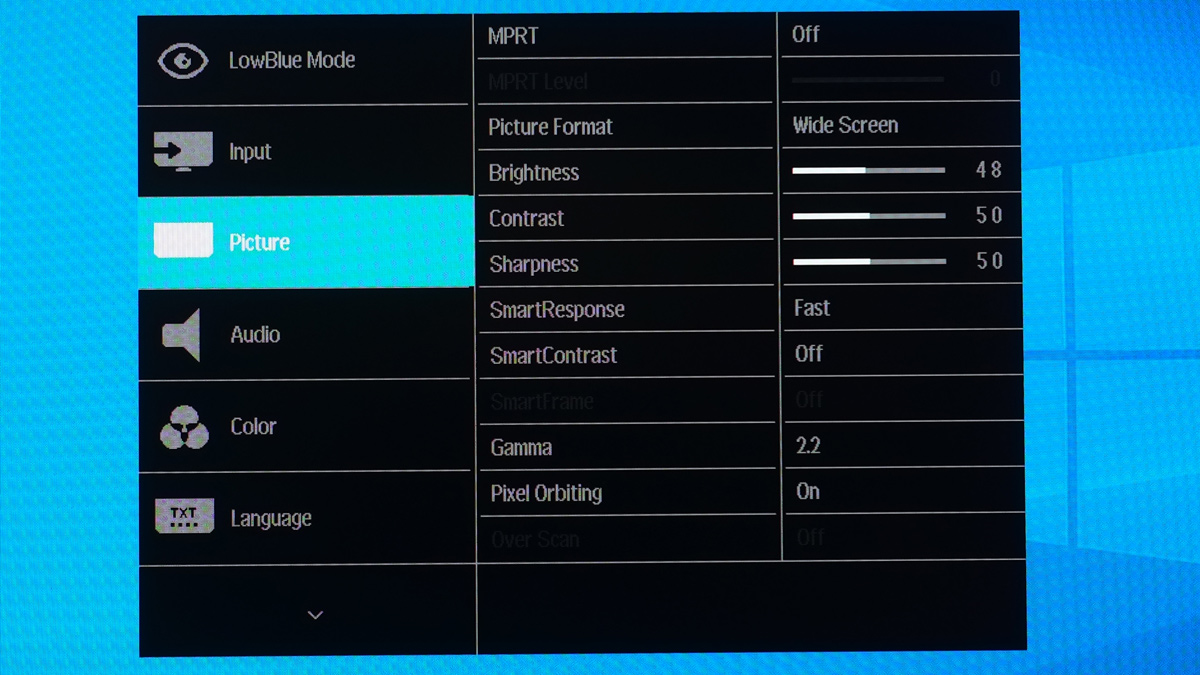
Next up would be the color menu. You could select the color temperature here or use the predefined sRGB preset. 6500K is our temperature of choice so we’ll leave it at just that. This goes from Native, 5000K, 6500K, 7500K, 8200K, 9300K and even 11500K.
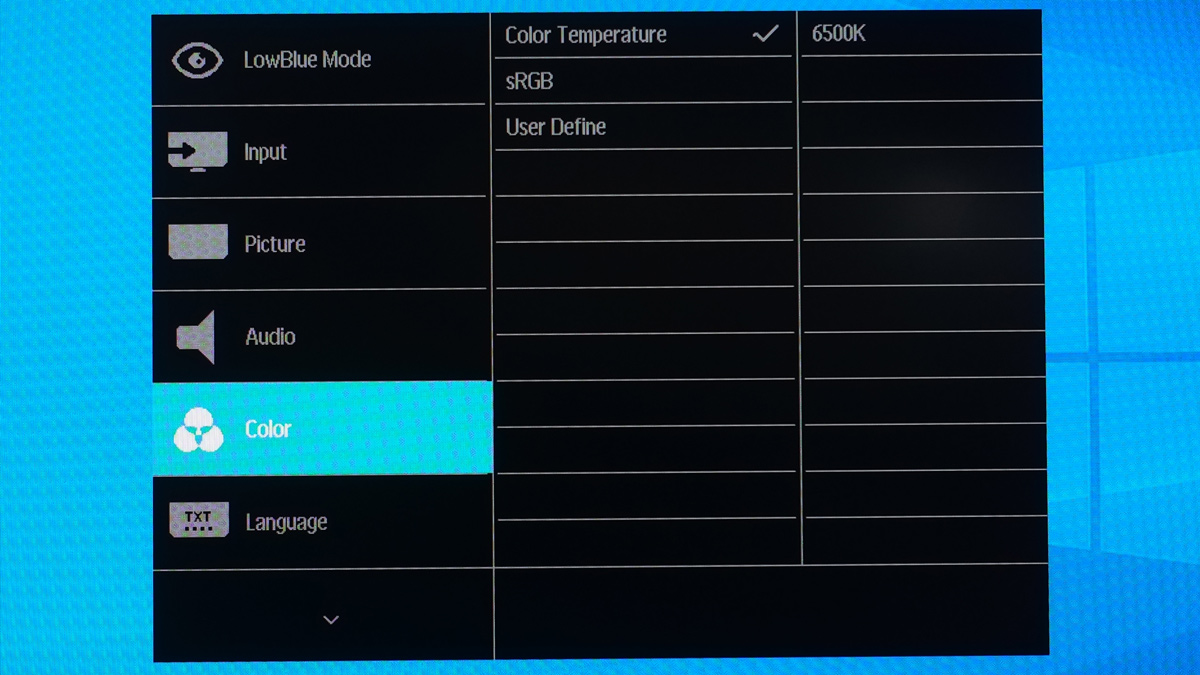
OSD feature includes a preset manager outside the main menu. You could access this by using the back button.
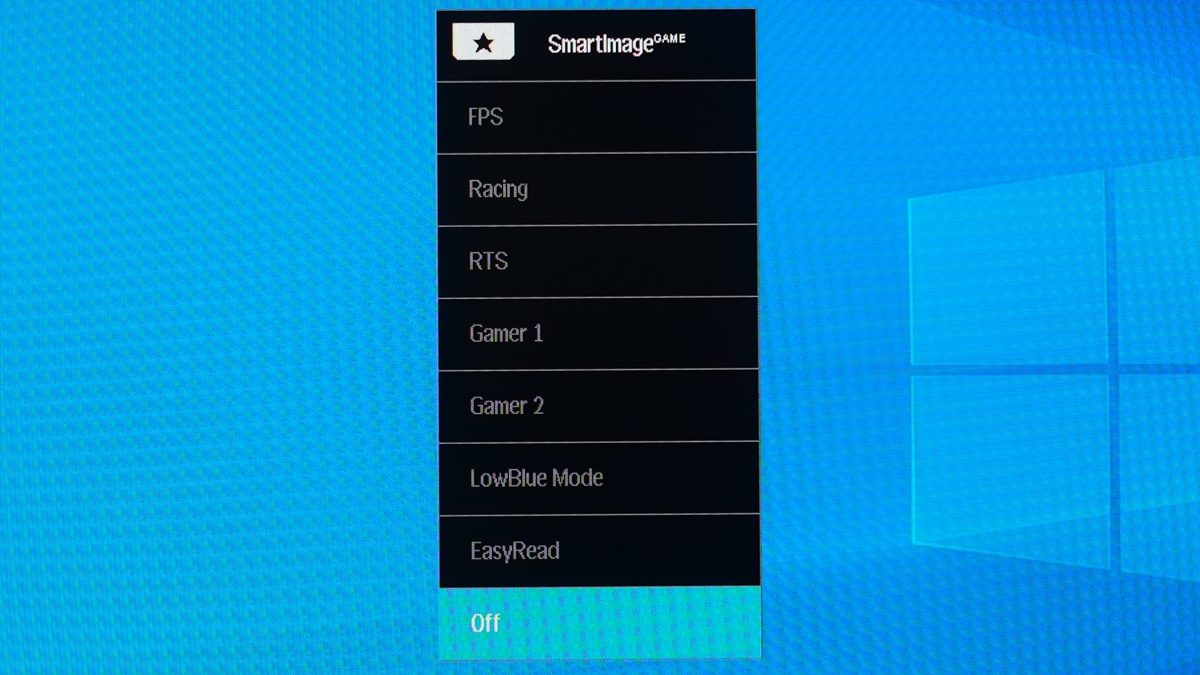
Test Setup and Methodology
Our test setup relies on the Blur Busters TestUFO Motion Tests and the Data Color Spyder5ELITE Display Calibration System. The cameras used throughout the review for the motion artifact and high speed assessments are the Fujifilm XE-1 and the Nikon 1 J1.
| Default Test System Specifications | |
| CPU | AMD Ryzen 5 3600 |
| Motherboard | ASUS ROG STRIX B550-I Gaming |
| Cooler | AMD Wraith Stealth V2 |
| Memory | ADATA Premier 2666MHz 16GB |
| GPU | ASUS ROG Strix RX 570 4GB |
| Storage | Plextor M9PE NVME 512GB |
| Case | Mechanical Library JXK-K3 |
| PSU | Thermaltake Toughpower GF1 650W |
| Display | LG UF680T |
| OS | Microsoft Windows 10 Pro 64-bit |
Target for calibration is a 2.2 Gamma value, with a White Point at 6500K and a Brightness value set at 120 cd/m2. Calibrated values are then analyzed with the Spyder5ELITE Display Analysis tool. Do note that Dynamic Contrast Ratio and other extra features built within the OSD are disabled during the tests. The following OSD values are selected for the display calibration.
| OSD Settings | |
| Brightness | 48 |
| Contrast | 50 |
| Saturation | — |
| Temperature | 6500K |
| Gamma | 2.2 |
| Preset | — |
If you wish to use the calibrated ICC profile taken from our Spyder5ELITE result, just send us a message. You may also read our guide on how to use ICC profiles.
Color Gamut
The Color Gamut test evaluates the color space coverage of the display panel from industry standards such as sRGB and AdobeRGB. Higher percentage is better.
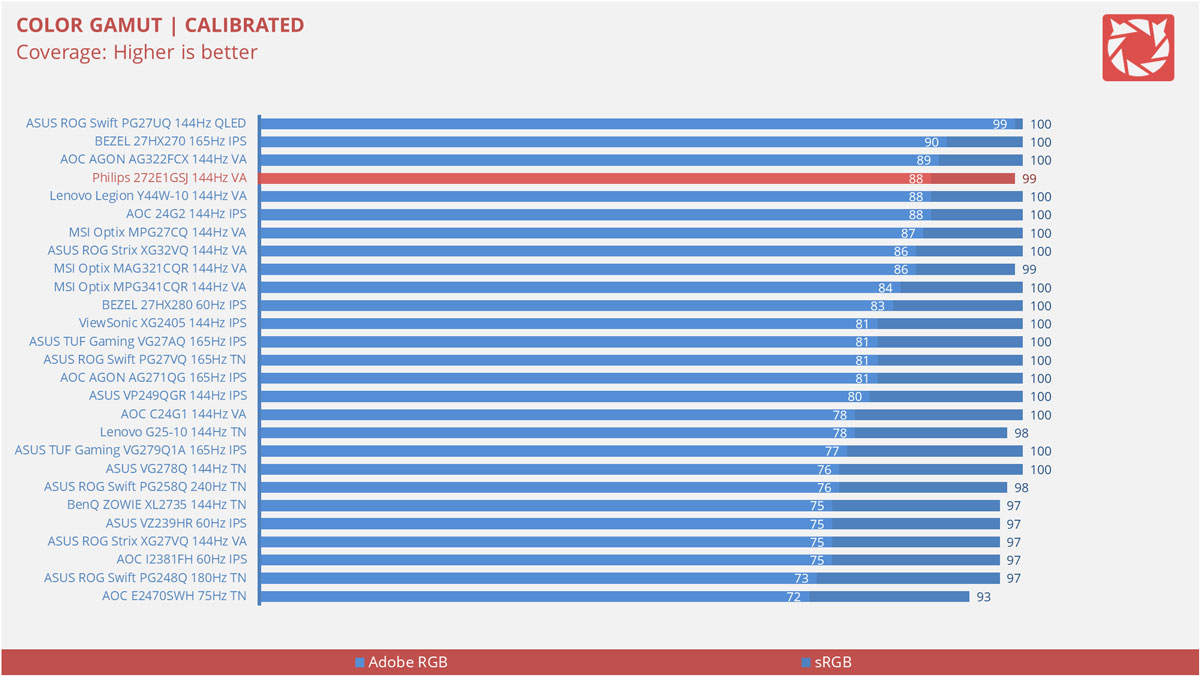
Color coverage is pretty good. We have 99% sRGB coverage while it is 88% for the Adobe RGB. According to Philips, the monitor comes with NTSC at 101.5% and sRGB at 121.9% so there’s that. To be fair, internal tests by brands uses different methods, procedures and tools. Now DCI-P3 is about 94% covered while NTSC is 86% based on our tests.
Tone Response
Tone response is where we check the display panel’s Gamma and presets if there are any. We then compare the results with the industry standard Gamma level at 2.2. Closer to this value is better.
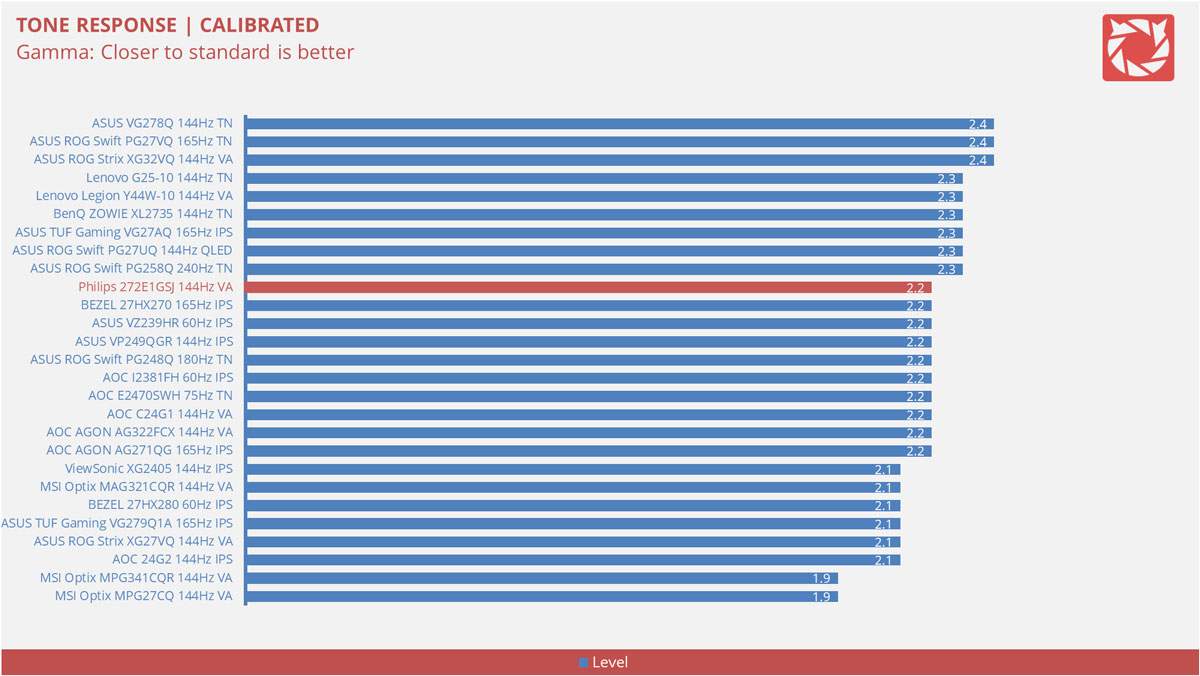
Gamma level is shut at 2.2 using the Gamma 2.2 settings. I have tested other Gamma presets and they are also on point.
Brightness
The test here will shows us an overview on how the display performs at its maximum brightness level. This is measured in nits or candela per square meter (cd/m2). Higher is better.
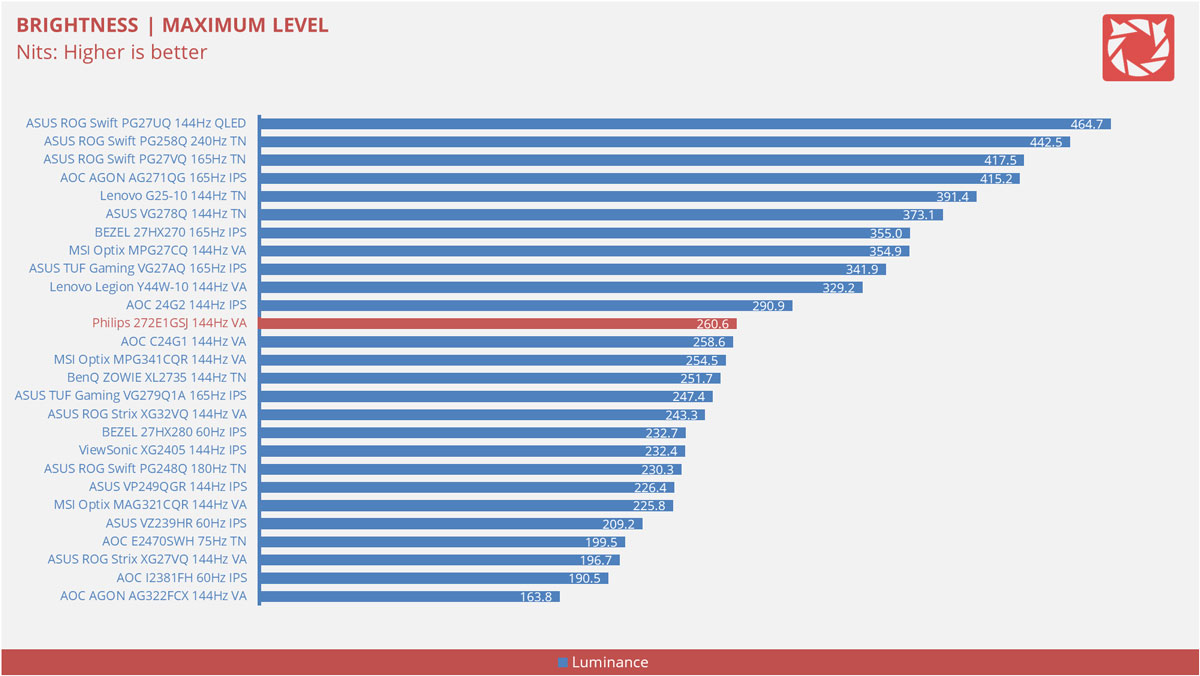
Maximum brightness is about 260.6cd/m2 which is lower than the expected 350 value. Not bad but not good either – least according to Philips’ claims.
Contrast Ratio
Static contrast ratio is also tested. The test here will shows us how the display performs at its maximum contrast level measured in luminance ratio. Higher is better.
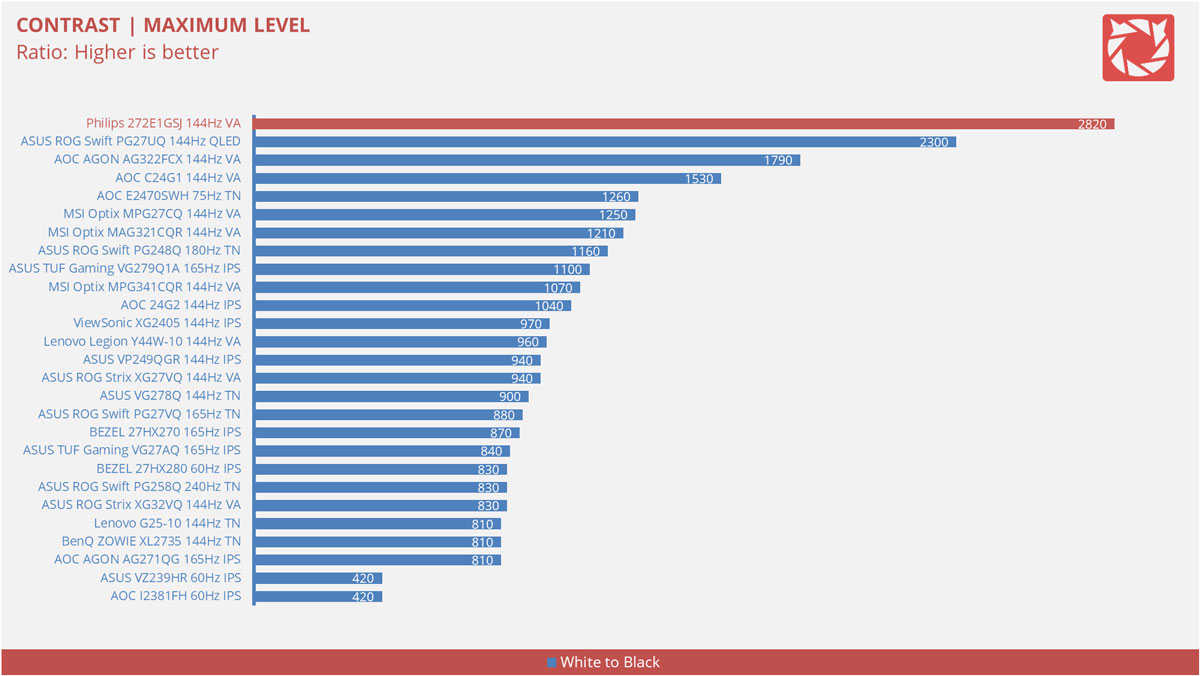
Contrast ratio is damn good at 2820:1. I know my testing gear is not 100% accurate so this is already good enough for me to see. Certainly close to the claimed static contrast ratio of 3000:1.
Screen Uniformity
This test shows us an overview of the display panel’s screen uniformity at maximum brightness level. The closer this value to 0, the better the quality of the panel.
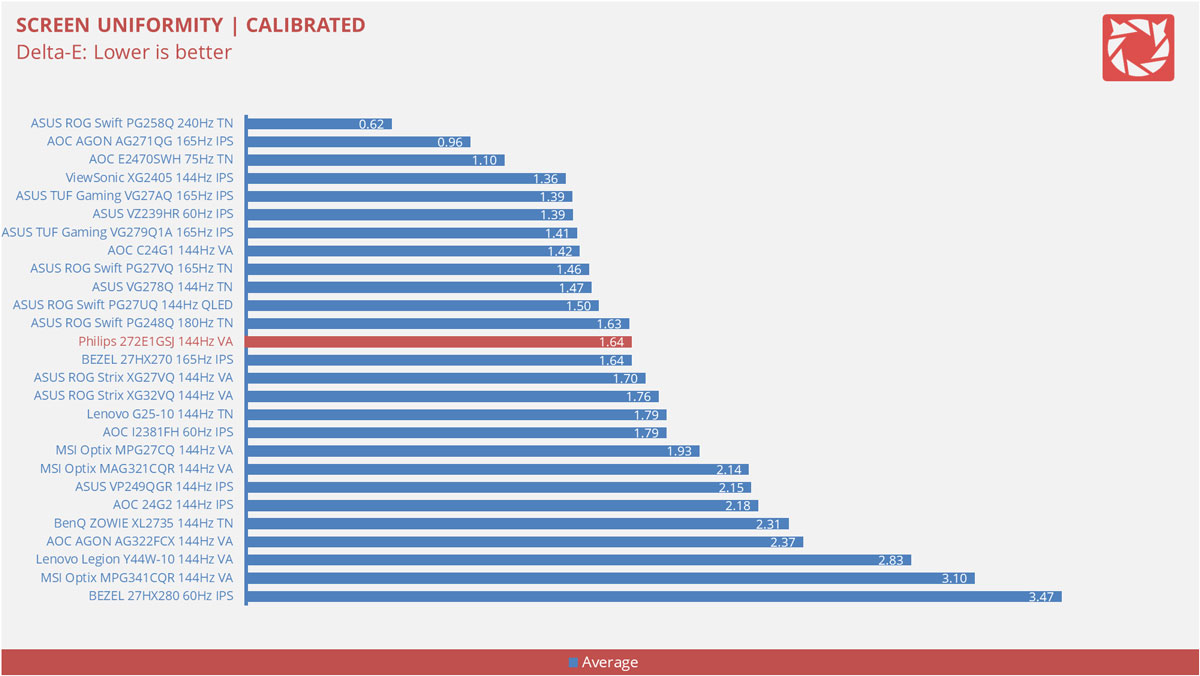
Screen uniformity is above decent with a 1.64 Delta-E. Main violator here is the top right corner of the screen.
Color Accuracy
The color accuracy test shows how different basic color hues are reproduced by the display panel. These color tones corresponds with the Datacolor SpyderCheckr. Lower Delta-E values are better.
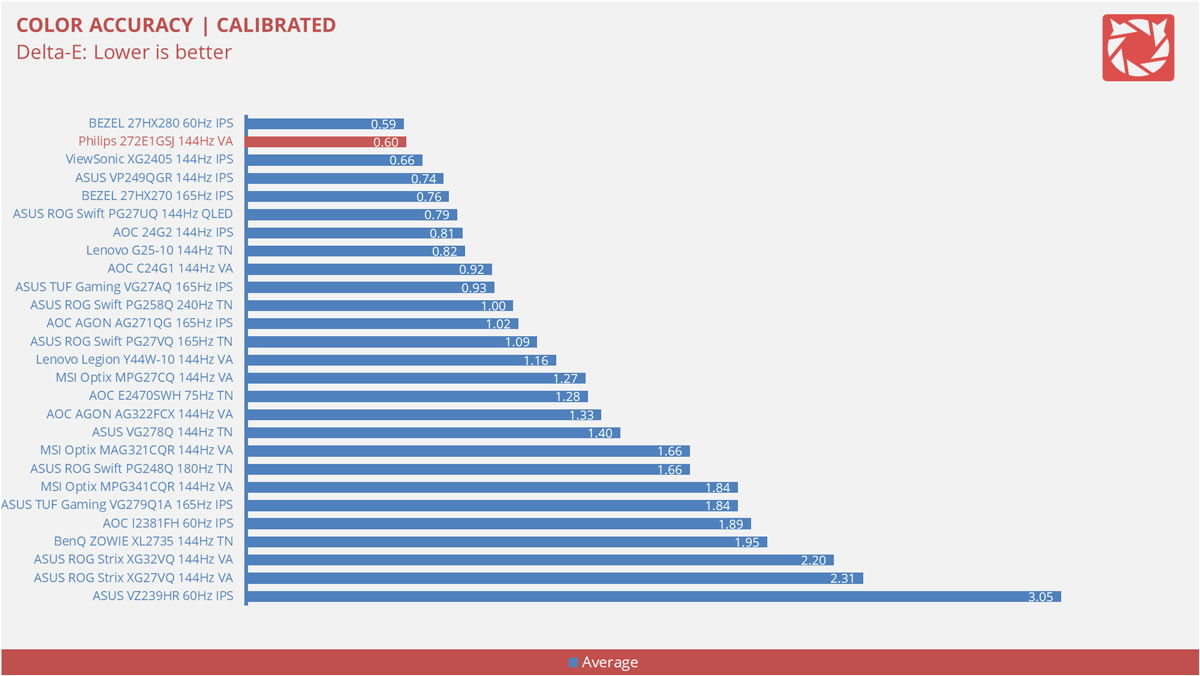
Now color accuracy is pretty excellent at 0.60 Delta-E. The best VA panel we got so far according to this test.
Power Consumption
The power consumption is checked with a power meter. Measurements are taken at maximum brightness and contrast levels.
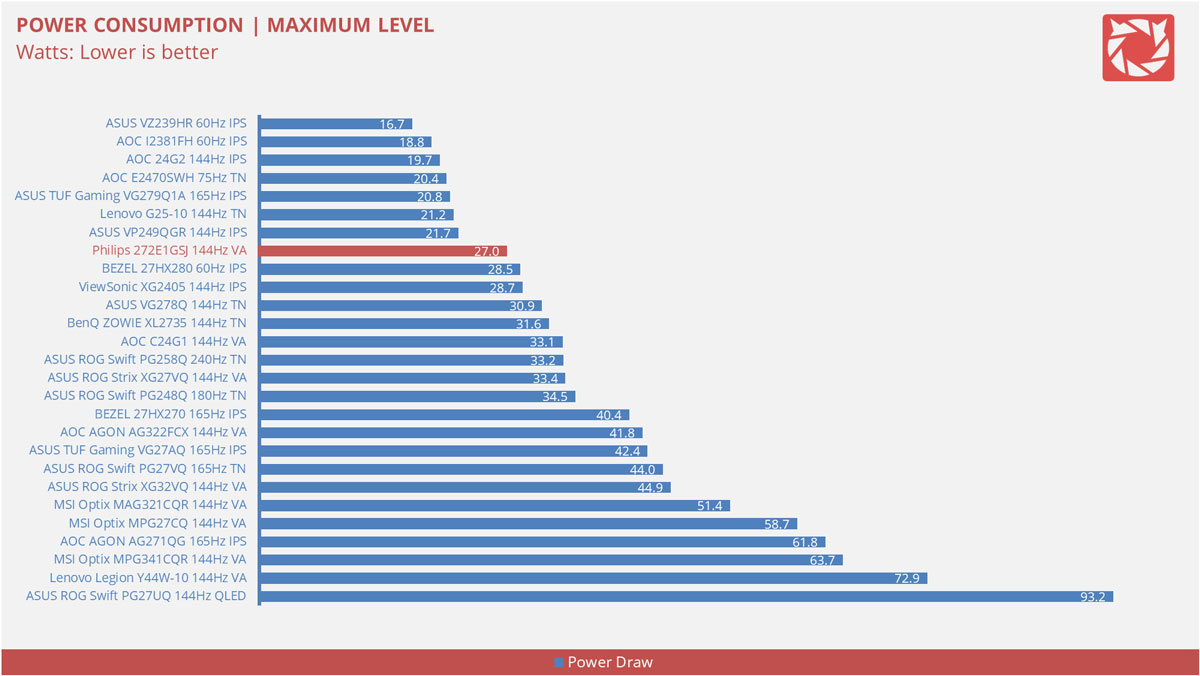
Power consumption is about 27.01W at maximum brightness level. Calibrated, this is about 20.9W. Lowest would be 14.5W.
Button to Pixel Input Lag
Our Button to Pixel Input Lag result is the combination of latency from the point of input, processing and display output. To quantify the display panel input lag, we utilized Quake 3 Arena as our main shooter. The game is set at the panel’s native resolution with the FPS locked at 500. We check how much delay in milliseconds it took the monitor to output the signal via a 1200 FPS high-speed camera with ~0.83ms of accuracy.
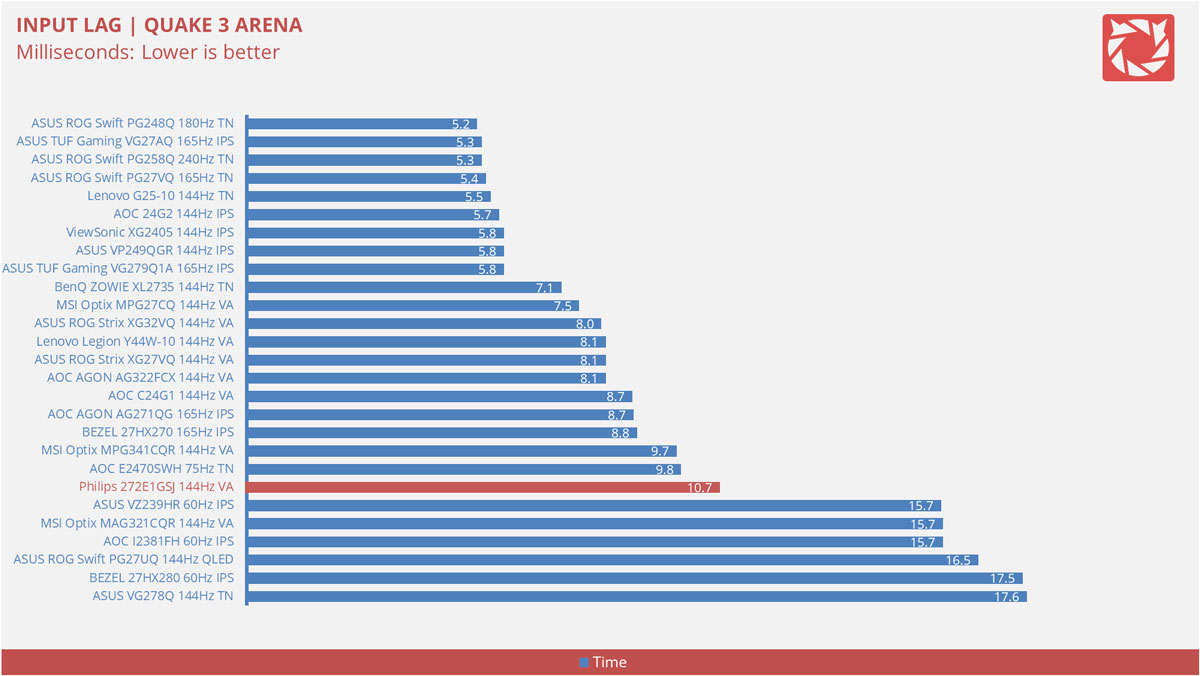
Now the crux of the panel is the delay that averages at 10.7ms. We got figures that goes as fast as 5-8ms but we also got some results with 19ms tops when MPRT is turned on. This is not a consistent monitor even with MPRT turned off but hey, 10.7ms of total system delay is not that bad.
Motion Clarity: MPRT
Motion Picture Response Time (MPRT) is the numbered approach to demonstrate the level of perceived motion blur on a display. Basically, a lower persistence value indicates less motion blur. Refresh rate and the sampling method plays a major part here whereas a higher refresh rate nominally features better display persistence values.
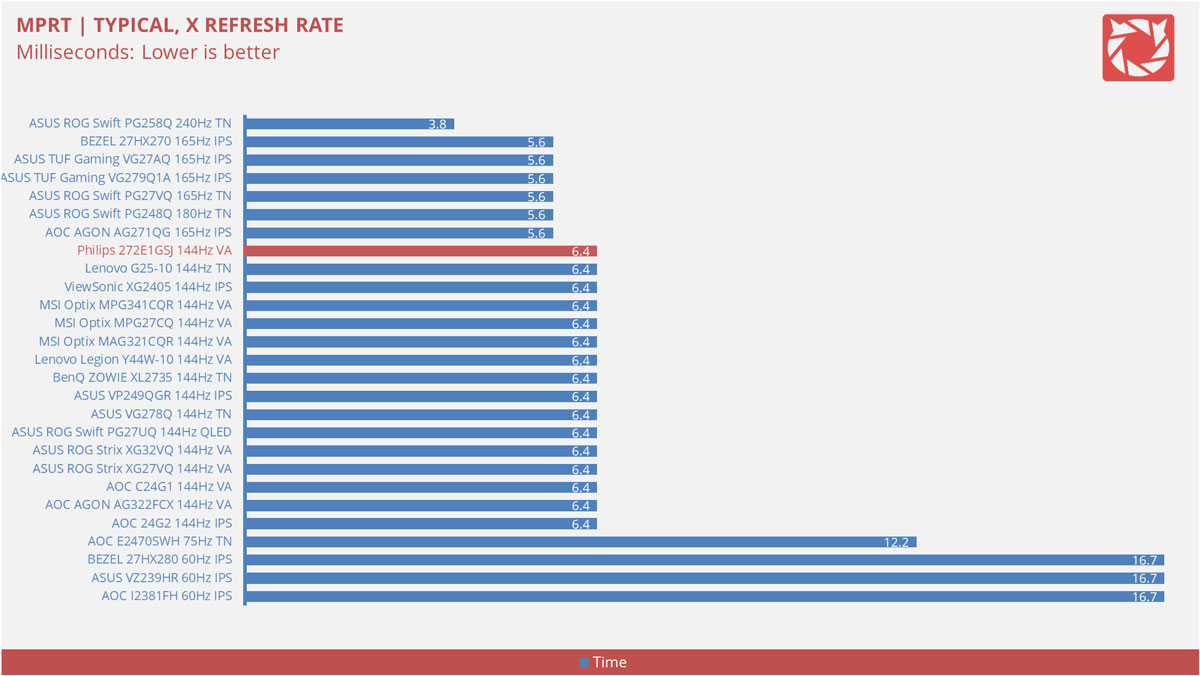
These results are references to check out the theoretical MPRT values of a display. Head over to our Pursuit Camera test for the visual representation of the actual values.
Motion Clarity: Pursuit Camera
Setting up a pursuit camera courtesy of Blur Busters allows us to a great extent, perceive the actual motion clarity of the display. Using such method also allows us to check out motion artifacts including ghosting, inverse ghosting and blurring. This pursuit camera test is a peer-reviewed invention.
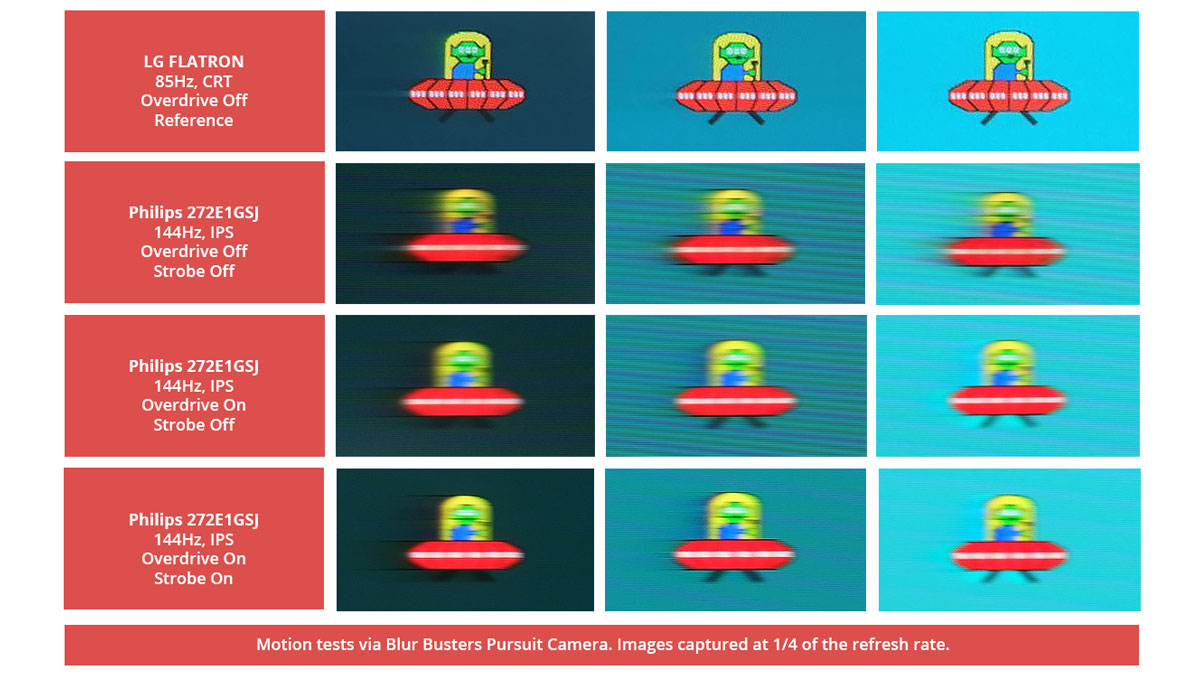
Being a VA panel, I expected ghosting and streaking and we are not disappointed to see those two with the 272E1GSJ. Best setting to use is to put overdrive at “Fast” and enable MPRT – should the game permit you to play with a consistent above 75 FPS performance. Otherwise just put overdrive at fast. Don’t bother setting it at the fastest option because that my friend is suicide.
Back light Bleed
Back light Bleed is the phenomenon where back lighting from a display leaks. This is prevalent with displays where LEDs used to light the panel are situated at the edges of the display. Testing the back light of the display is conducted on a dim room, simulating the recognizable amount of bleed for such scenario.
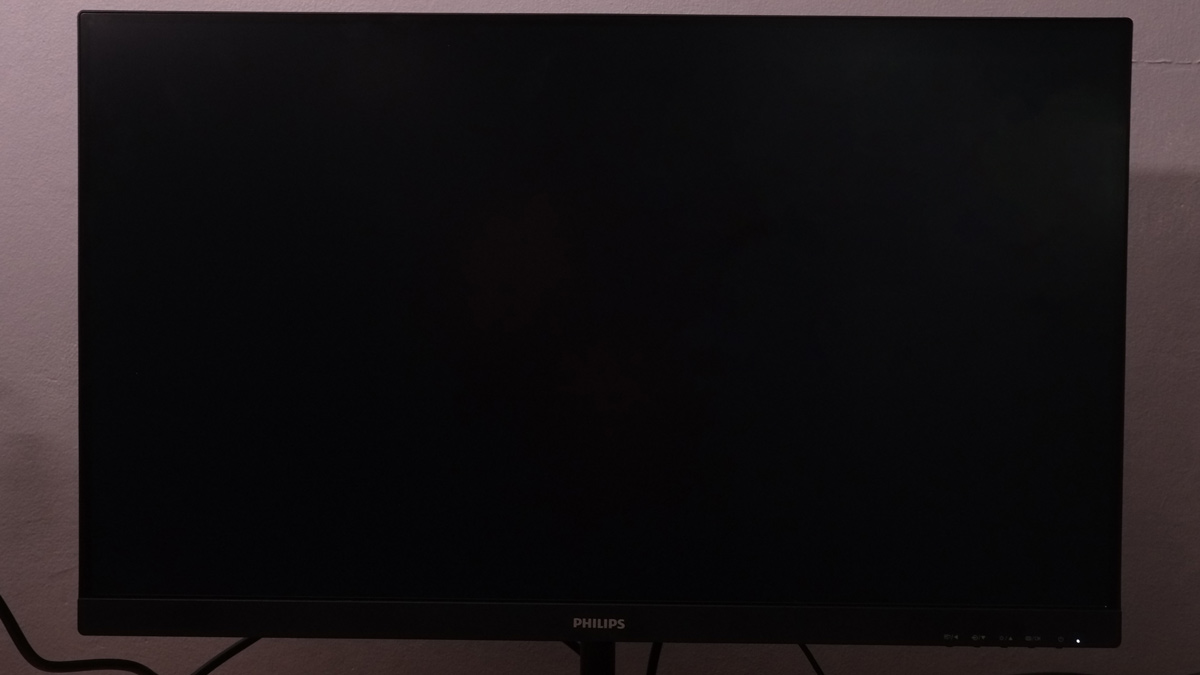
Back-light bleed is non-existent. Pretty good for movies with dark scenes or if you just like total darkness.
Viewing Angles
Viewing angles are also tested to check out how the display panel performs at different positions or eye levels. This should be helpful if you are looking for a panel that could be used on multi-monitor setups.
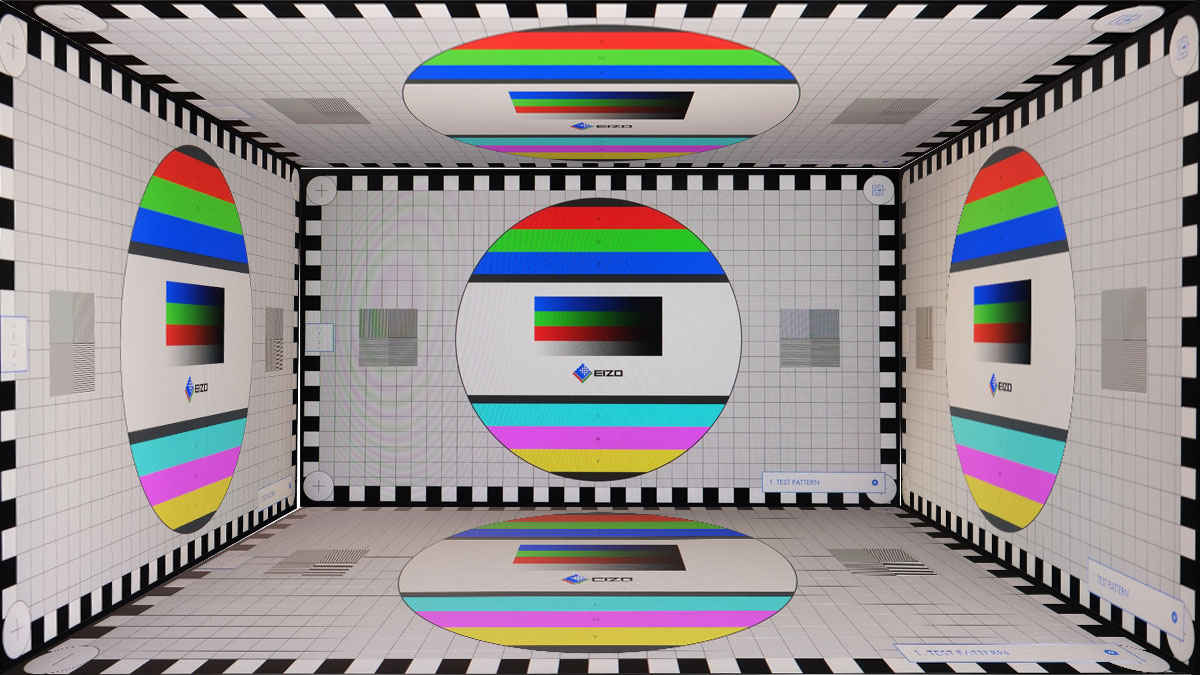
Color shifts are pretty decent with this VA panel. Nothing to write home about but nothing to complain either.
Frame Skipping
Frame Skipping is the phenomenon where dropped frames and missing refreshes occur due to ineffective refresh rate overclocking. We are are utilizing the Blur Busters Frame Skipping Checker to test if there is any. If your display exhibits such issues, it should be perceptually similar to in-game frame skipping.
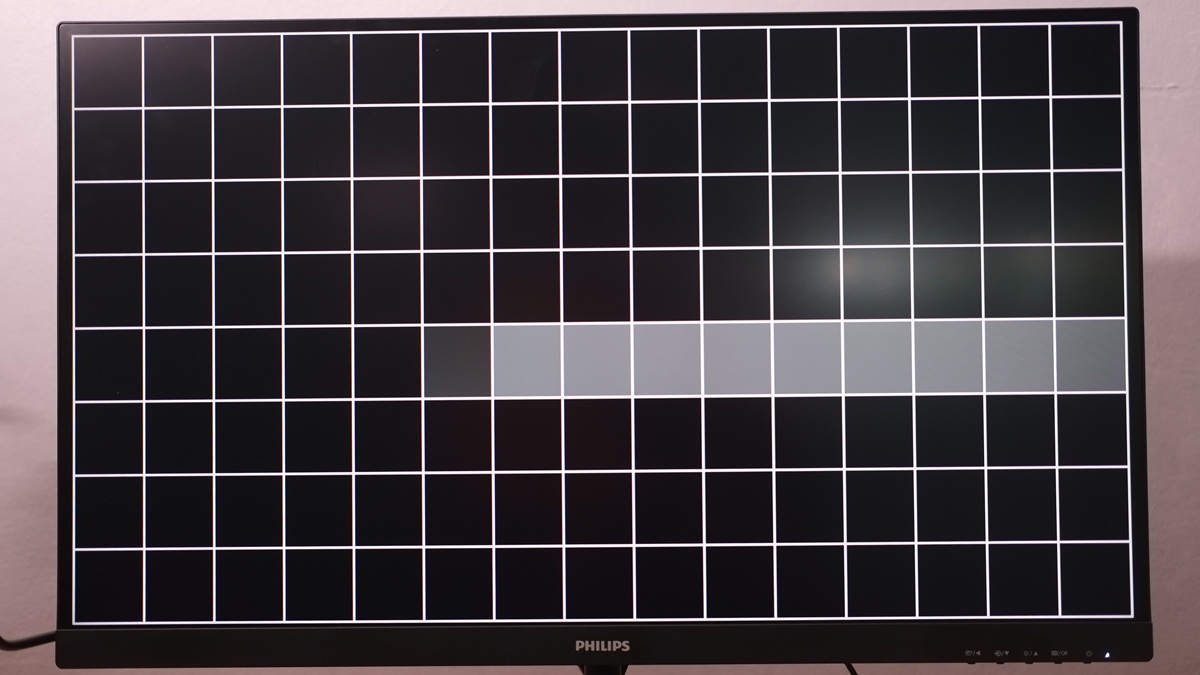
What is frame skipping says the perfectly normal 144Hz monitor that is the Philips 272E1GSJ?
Software, Lighting and Special Features
The 272E1GSJ features support AMD’s FreeSync Premium. I don’t need to explain that since the topic has been beaten to death. But of course if you want to use the feature, you have to choose it over MPRT. Can’t have both unless you have the adaptive strobing monitor from the four letter brand.

Nothing else much to say here. Off to the conclusion, I guess.
Final Thoughts
Philips made a pretty solid offering here with the 272E1GSJ. It may be a model name that is easier to copy paste than anything else but damn it is a good start from the guys we used to see making kiosk panels and budget displays.
For an instance, the Philips 272E1GSJ comes with an excellent contrast ratio. The thing also comes with a chart topping color accuracy and a good coverage especially DCI-P3 for its price.
Now turn offs: Ergonomics is not best in class and the 1 ms MPRT doesn’t exactly look like 1 ms to the pursuit camera. The delay is also around the 10 ms mark but hey, that one is actually acceptable.
In closing, the Philips 272E1GSJ is a rock solid gaming monitor for its worth. It is a great all-rounder and of course still a good gaming monitor in spite of its obvious short comings.
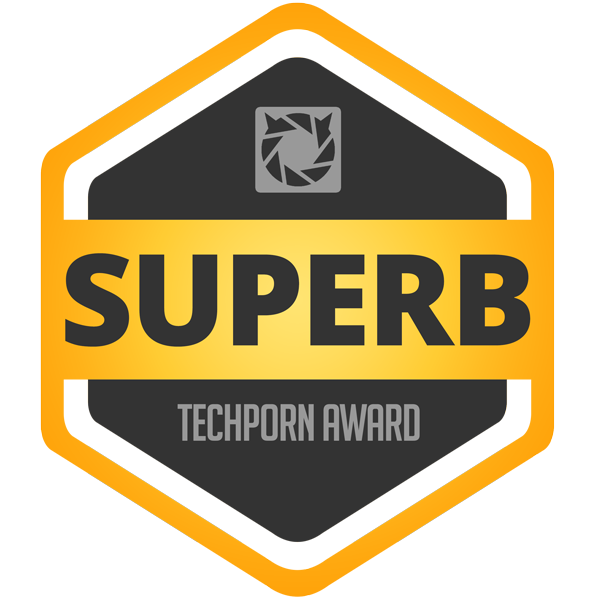
Philips 272E1GSJ Gaming Monitor
-
Performance - 8.5/10
8.5/10
-
Build Quality - 8/10
8/10
-
Features - 8/10
8/10
-
Design - 8.5/10
8.5/10
-
Value - 8.5/10
8.5/10
Summary
The Philips 272E1GSJ is a rock solid gaming monitor for its worth. It is a great all-rounder and of course still a good gaming monitor in spite of its obvious short comings.
Pros
- Contrast ratio is lit
- Excellent color accuracy
- Color coverage
- Decent price point
- Supports AMD FreeSync Premium
- Tone response and presets
- OSD navigation
- Efficient for a 27 incher
Cons
- VESA mount too close to the IO
- No speakers, shocking!
- Ergonomics or lack there of
- Usual VA woes



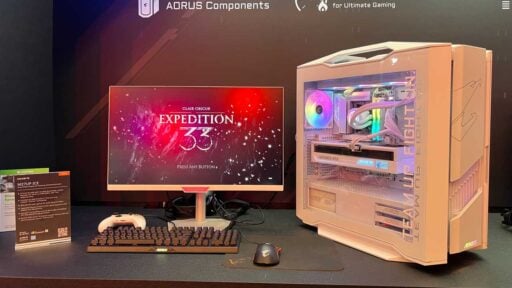
Hey, do you still have the color profile you did get from calibration?